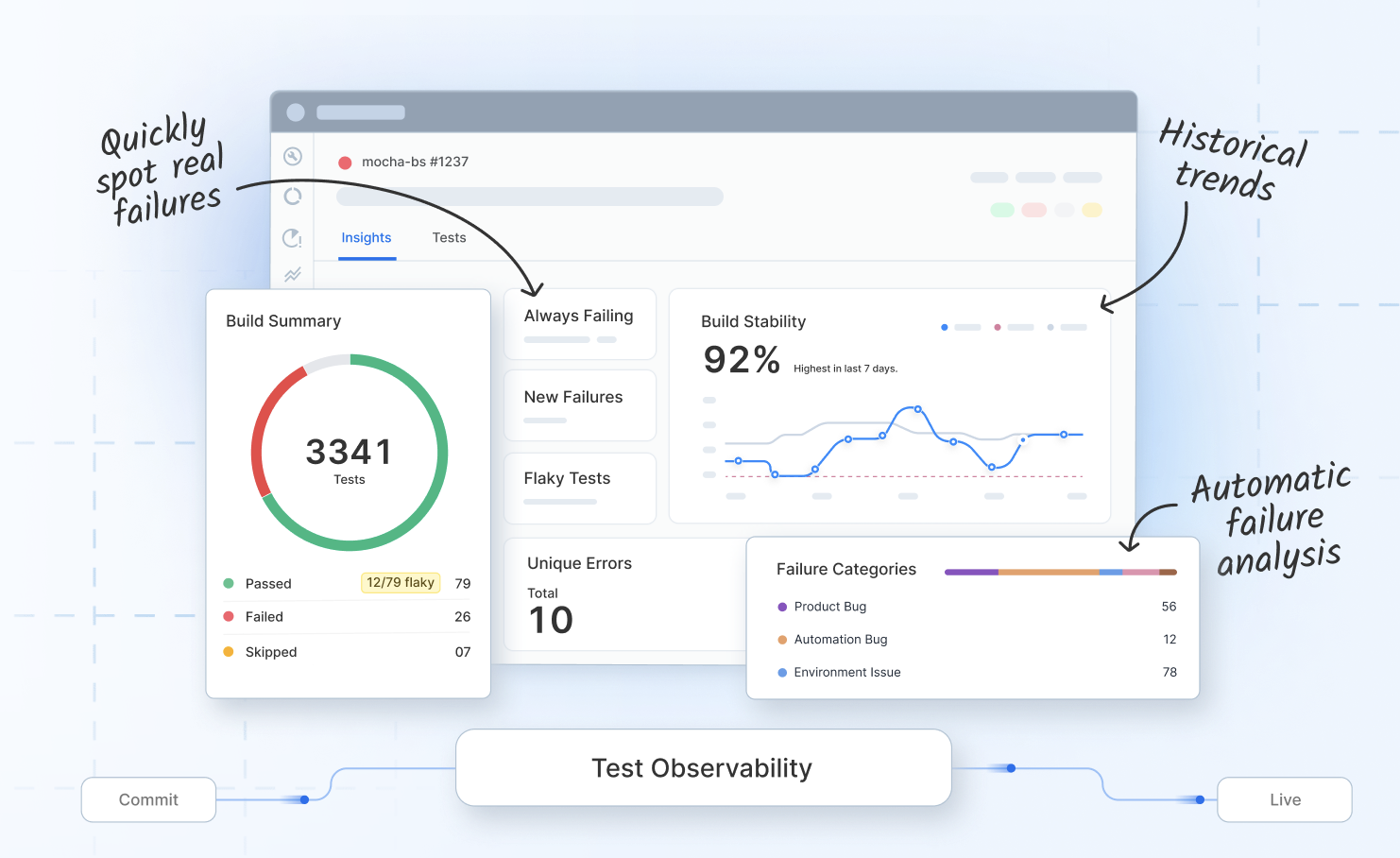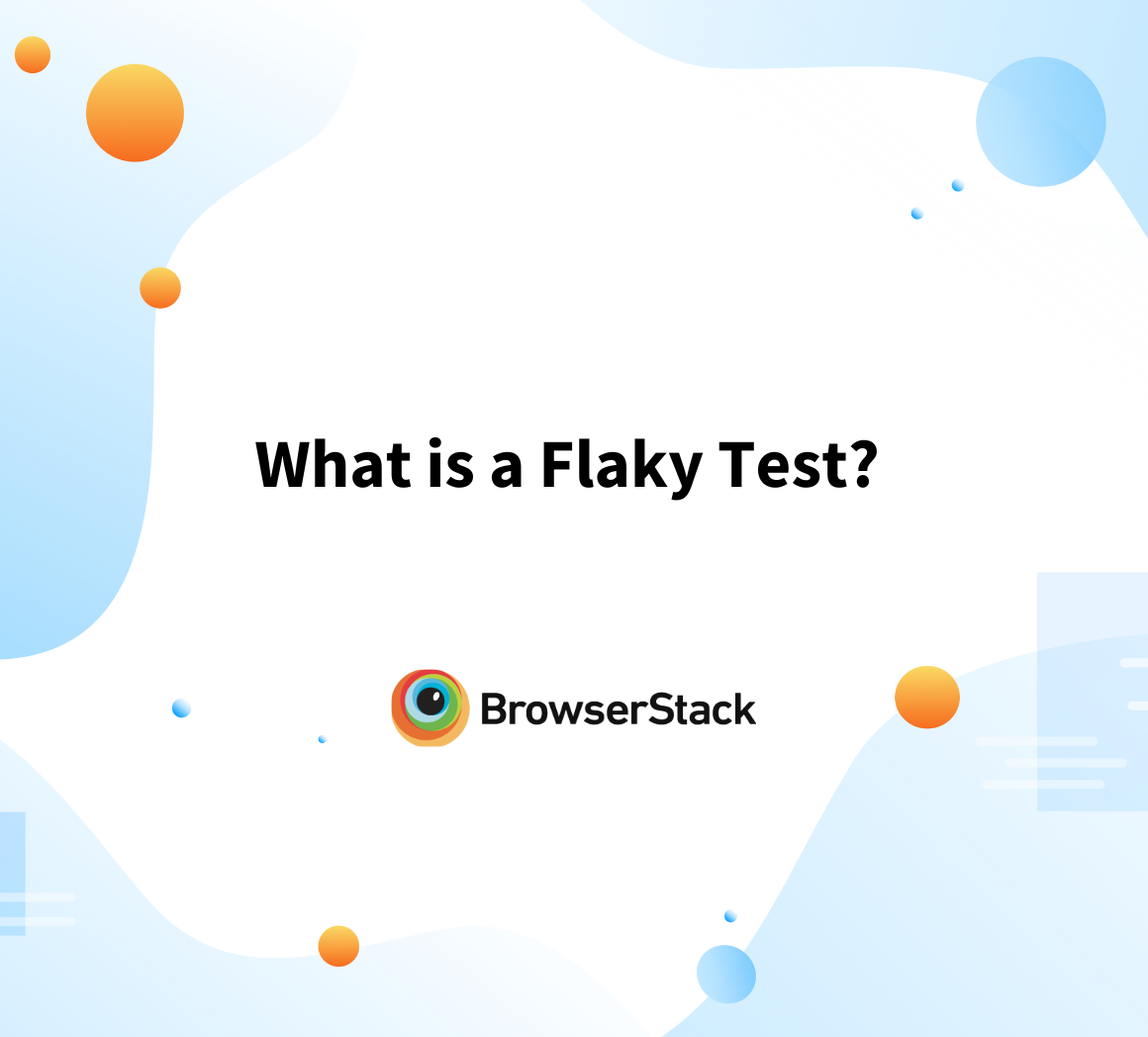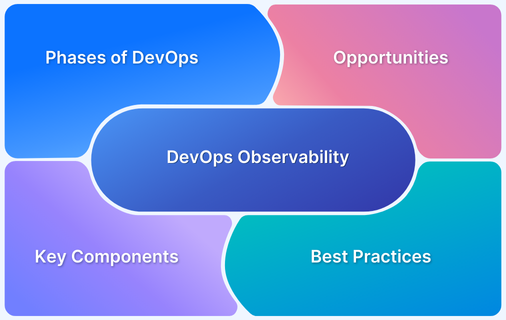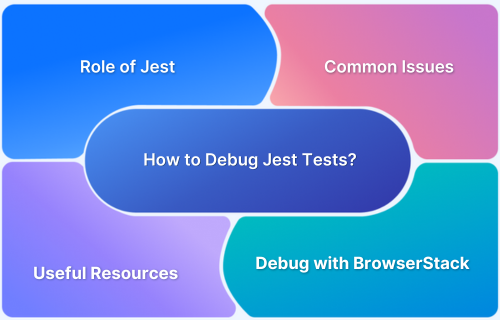What is Test Observability in Software Testing?
By Tom Collins, Community Contributor - August 25, 2023
In navigating the intricacies of software development, observability in software testing stands out as a game-changer. As you venture into observability, you’ll explore how this dynamic testing strategy transforms the delivery of reliable, high-quality software products.
Begin this insightful journey with us, and learn how you can unlock new dimensions of software testing excellence with observability.
- What is Test Observability?
- Principles of Observability
- Difference between Observability and Controllability in Software Testing
- Examples of Test Observability
- Benefits of Test Observability in Software Testing: Why Should You Do It?
- How to Implement Observability in the Software Testing Process?
- How Long does it take to Implement Test Observability?
- Challenges of Observability
- Implementing Test Observability in Pre-Production and Production Environment
- How to Select an Observability Tool?
What is Test Observability?
Test Observability signifies a specialized aspect of software testing that provides insights into genuine test failures by filtering out the distracting noise caused by unstable and consistently failing tests. This method aids in pinpointing the underlying reasons for these test failures.
You can expedite the run verification process by employing Test Observability, reducing it to mere minutes. It also furnishes you with a wealth of historical data, opening a window to the comprehensive health of your test suites.
This data, in turn, illuminates key issues that may be jeopardizing your test stability, empowering you with the knowledge to streamline and enhance your testing procedures.
Principles of Observability
The core principles of Test Observability pivot around three crucial components: logging, metrics, and traces. Understanding these elements allows you to unravel the intricacies of your system’s behavior, equipping you to detect and address issues effectively and efficiently.
Difference between Observability and Controllability in Software Testing
Observability and controllability are two key components in the software testing landscape. While they may seem similar, they serve distinct functions, and when used in tandem, they can significantly enhance the effectiveness of your software testing.
| Observability | Controllability |
|---|---|
| Observability refers to the degree to which you can infer the system’s internal states based on its external outputs. In other words, it helps us ‘observe’ what’s happening inside the system through its output. | Controllability pertains to controlling the system’s internal states from the outside. It allows us to test different variables to see how the system responds. |
| For example, by observing a software’s response time under different workloads (output), we can infer its performance characteristics (internal state). | For instance, we may manipulate a system’s input to create different test scenarios. We can control the system’s behavior and test its response by varying user credentials in a login feature. |
Understanding these principles and their interplay is crucial for an effective and efficient software testing process. They are complementary and, when integrated correctly, can result in more reliable software and faster troubleshooting.
Examples of Test Observability
Test Observability in action can be best understood with a few practical examples:
- Debugging a Login Issue: Let’s assume that an online application has been receiving complaints about users being unable to log in. Observability tools would report the failed login attempts and provide detailed logs and traces for each failure. These could include details about the user’s input, server responses, error messages, and even the sequence of microservices invoked during the process. This rich data set can provide valuable clues about whether the issue lies in the user validation service, database, or elsewhere.
- Performance Testing an E-commerce Site: Consider an e-commerce website preparing for a significant sales event. Testers can simulate high traffic through observability and observe how the system behaves under stress. They can monitor metrics like page load times, database response times, server utilization, etc. If the system performance degrades, traces can help identify the bottlenecks in the workflow.
Benefits of Test Observability in Software Testing: Why Should You Do It?
The role of Test Observability in the realm of software testing is nothing short of transformative. Below are some compelling reasons to consider integrating Test Observability into your testing strategy:
- Improved Fault Detection: With its in-depth data collection, Test Observability enables teams to diagnose and pinpoint the root cause of issues more efficiently and accurately, reducing system downtime.
- Enhanced System Understanding: Observability allows a detailed examination of the internal states of your software system through its external outputs. This increases understanding of your system’s health, performance, and behavior, promoting informed decision-making and proactive problem-solving.
- Faster Issue Resolution: The deep insight provided by observability tools can significantly reduce Mean Time to Resolution (MTTR). Understanding what’s happening within a system in real-time can help resolve issues faster, enhancing overall system reliability and performance.
How to Implement Observability in the Software Testing Process?
Implementing observability in your software testing process requires strategic planning and a systematic approach. Here’s a roadmap to guide you through the process:
- Define Key Metrics: Identify the key performance indicators (KPIs) relevant to your application. These could include response times, error rates, throughput, and latency.
- Instrument Your Code: Inject logging statements into your codebase to capture essential events and metrics. Ensure that the logs are descriptive and provide meaningful context to debug.
- Choose the Right Tools: Based on your needs, choose appropriate observability tools. Look for solutions that offer comprehensive logging, metric collection, and tracing capabilities. Also, consider the ease of integration with your existing tech stack.
- Create Dashboards: Set up dashboards to visualize your metrics. Effective visualization aids in spotting trends or anomalies and offers valuable insights at a glance.
How Long does it take to Implement Test Observability?
The time required to implement test observability can vary significantly depending on various factors, such as the size and complexity of your application, the current state of your observability practices, and the tools you choose to use. It could take anywhere from a few weeks to several months.
The key is to start small, perhaps with a single service or application, learn from the experience, and gradually expand observability practices across the organization.
Challenges of Observability
While observability offers significant benefits, it’s not without challenges:
- Complexity: Implementing observability can be complex, requiring careful planning, tool selection, and team training.
- Data Overload: Observability can lead to a vast amount of data. Sorting through this to extract meaningful insights can be challenging.
- Cost: Observability can add to the operational cost depending on the tools used. Organizations need to balance the cost with the benefits.
Read More: Re-run failed tests with Test Observability
Implementing Test Observability in Pre-Production and Production Environment
Implementing observability in pre-production and production environments is critical to building resilient and high-performing applications. Here’s how you can approach it in each of these environments:
Pre-Production Environment
The pre-production environment is a replica of the production environment, where the final testing occurs before the product goes live. Implementing observability here can help identify issues before they impact end users.
- Continuous Integration/Continuous Deployment (CI/CD)
- Performance Testing
- Synthetic Monitoring
Production Environment
Even after extensive pre-production testing, some issues only manifest in the production environment under real-world conditions. Here’s where observability can be a lifesaver.
- Real User Monitoring (RUM)
- Anomaly Detection
- Root Cause Analysis
How to Select an Observability Tool?
Choosing the right observability tool can significantly streamline your testing process. Here are some critical factors to consider:
- Compatibility: The tool should integrate seamlessly with your tech stack.
- Comprehensive Coverage: Look for a tool covering all observability aspects – logging, metrics, and tracing.
- Data Visualization: Effective data visualization aids in quickly spotting trends or anomalies.
- Scalability: The tool should be capable of handling your application’s growth.
- User-Friendly: It should be intuitive and easy to use.
To expedite your selection process and ensure you gain the most from observability, consider BrowserStack Test Reporting and Analytics
- It provides a comprehensive view of unique errors in your project, sorting them by occurrence rate or impacted test count.
- This empowers teams to identify and prioritize the most impactful errors, enhancing test suite stability.
- BrowserStack Test Reporting and Analytics Tool caters to SDETs and developers aiming to refine their test suites, QA managers seeking to address suite health issues, and QA leaders looking for insights to proactively manage testing trends within their organization.
- This powerful tool empowers users to analyze, enhance, and streamline their automation testing efforts.
FAQs
1. What is the difference between observability and monitoring?
Monitoring involves actively checking predefined metrics for known issues, while observability explores the system’s internal state by inspecting outputs, allowing for an understanding of unknown behaviors.
2. Why is Observability important in microservices-based applications?
In a microservices-based application, there is a lot of interaction between various services. Observability helps navigate the maze of interactions and record exactly where the problem lies. Observability can narrow down the problem areas and help the developers fix the issue promptly.
3. What is the difference between controllability and observability in test and testability?
Testability encompasses both controllability and observability. A system with high testability is one where we can easily control its state (high controllability) and observe its outputs (high observability).




